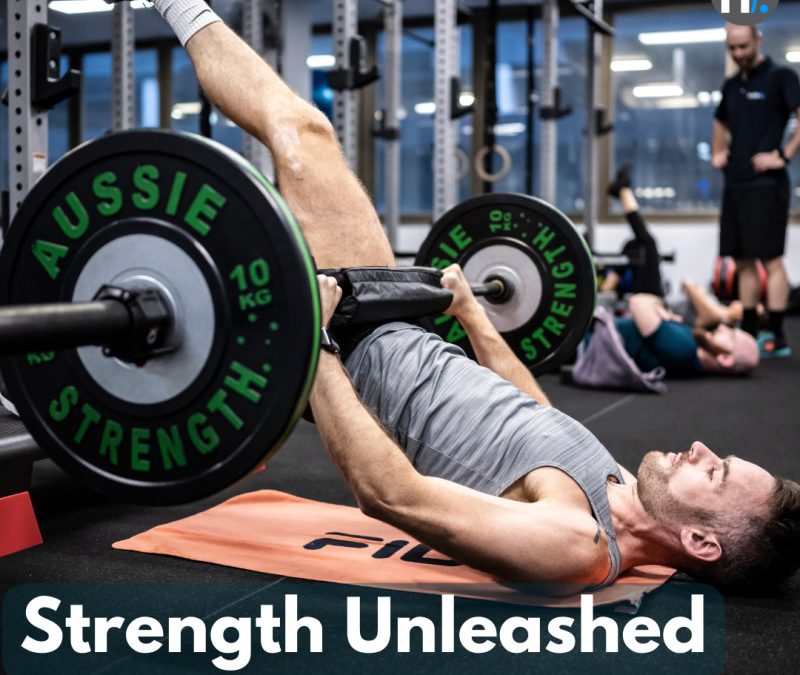
by Ash Cooney | Latest News
In the ever-evolving landscape of health and fitness down under, one trend is poised to dominate in 2024 like never before – the explosive surge in strength training. Over the past decade, it’s quietly been transforming lives, and now, it’s set to take...
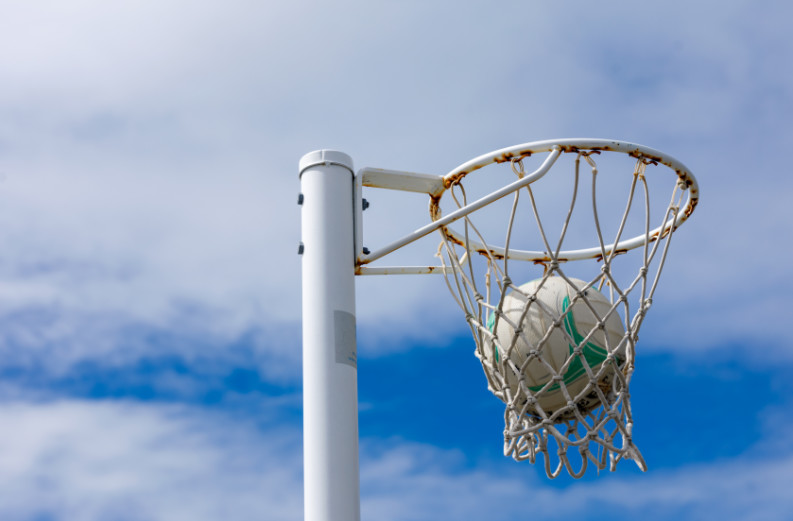
by Ash Cooney | Latest News
Netball is a fast-paced and popular team sport that requires high levels of agility, speed, and endurance. While the sport comes with inherent risks, research suggests that proper preparation and training can significantly reduce the risk of injury. In this article,...
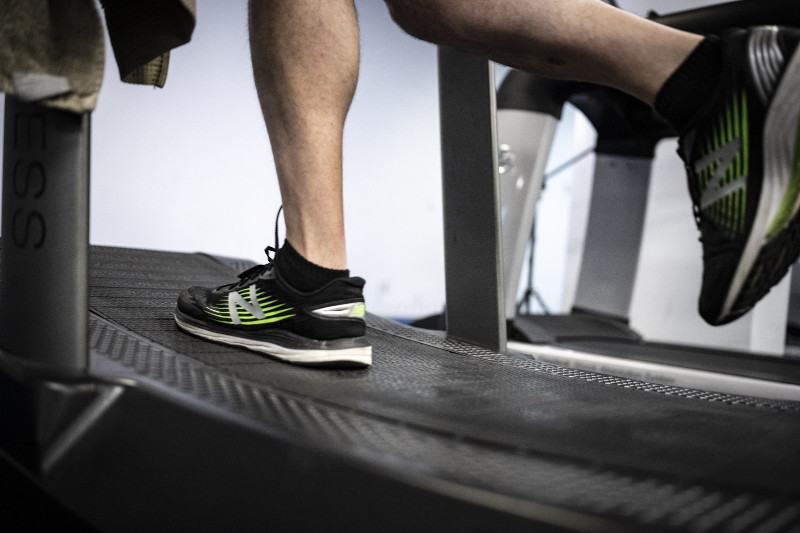
by Ash Cooney | Latest News, Physiotherapy
Think you can’t run? Think again! With these tips from Caitlan Skillicorn Senior Physiotherapist and the help of a physiotherapist, you can prepare for a run event and achieve your running goals safely and effectively. Whether you’re a beginner or just...
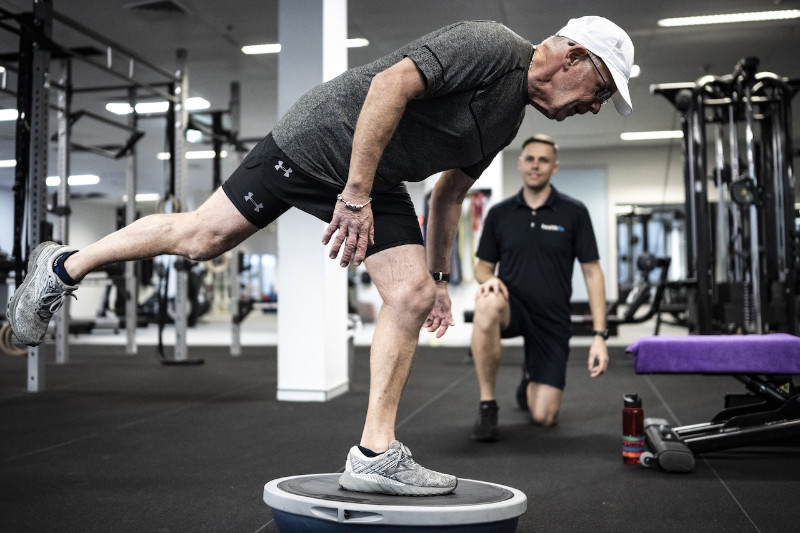
by Ash Cooney | Conditions
Osteoarthritis is a common chronic disorder of the joints and mainly affects older adults and managing osteoarthritis pain can be challenging and overwhelming. Read on to see how Exercise Physiology can help! What is Osteoarthritis? In healthy joints, cartilage...
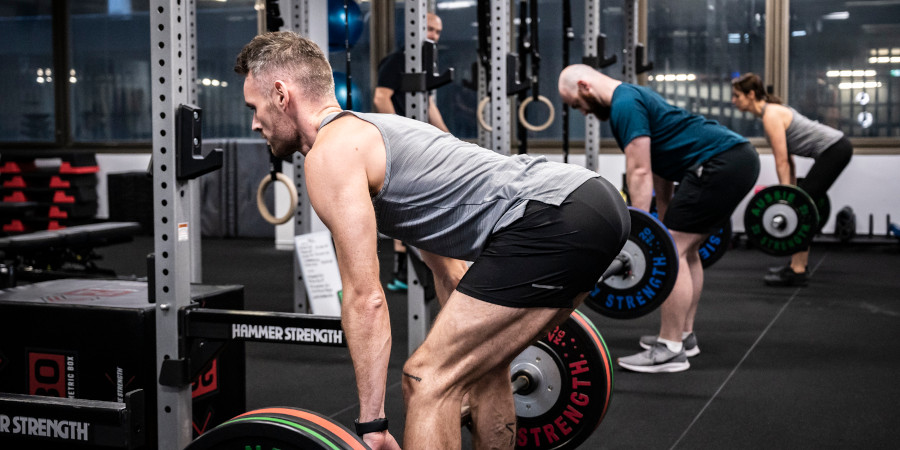
by Ash Cooney | About Healthfix, Personal Training
Building Strength and Conditioning: A Guide to Achieving Your Fitness Goals in North Sydney Strength and conditioning is a training approach that involves a combination of training modalities to improve strength, power, speed, and overall physical performance. This...






